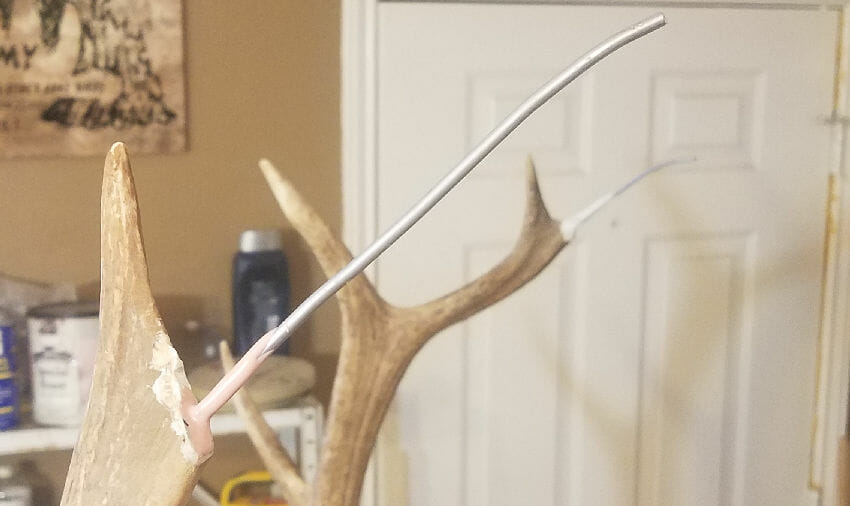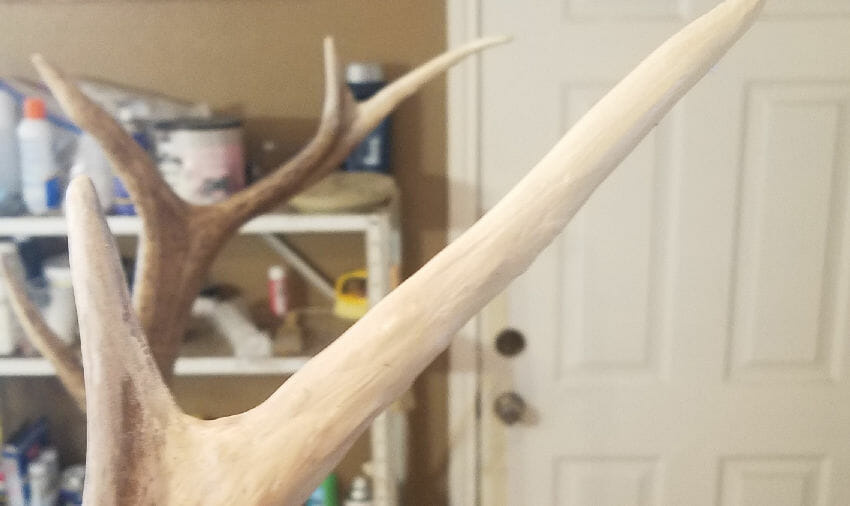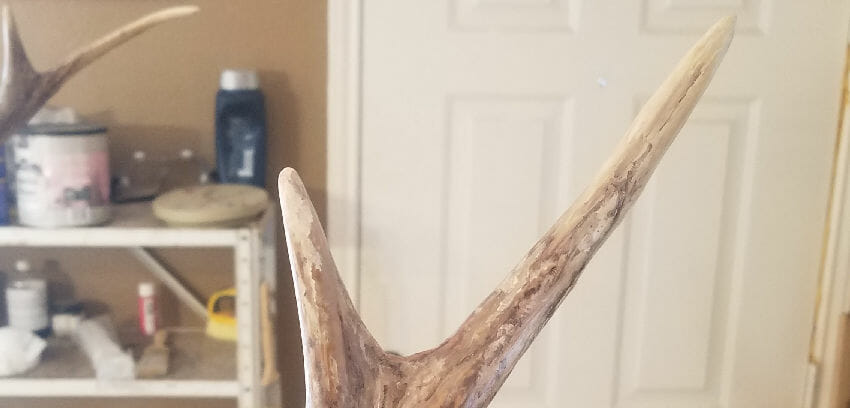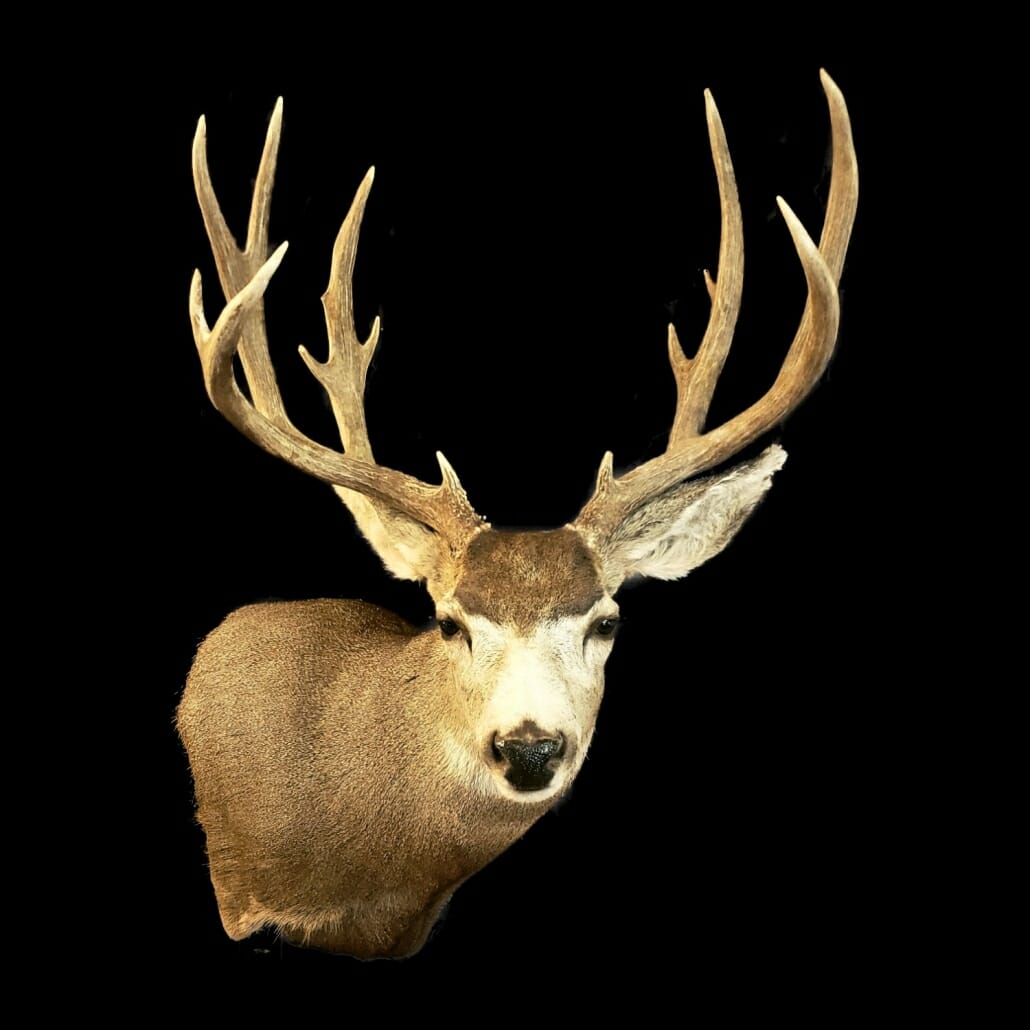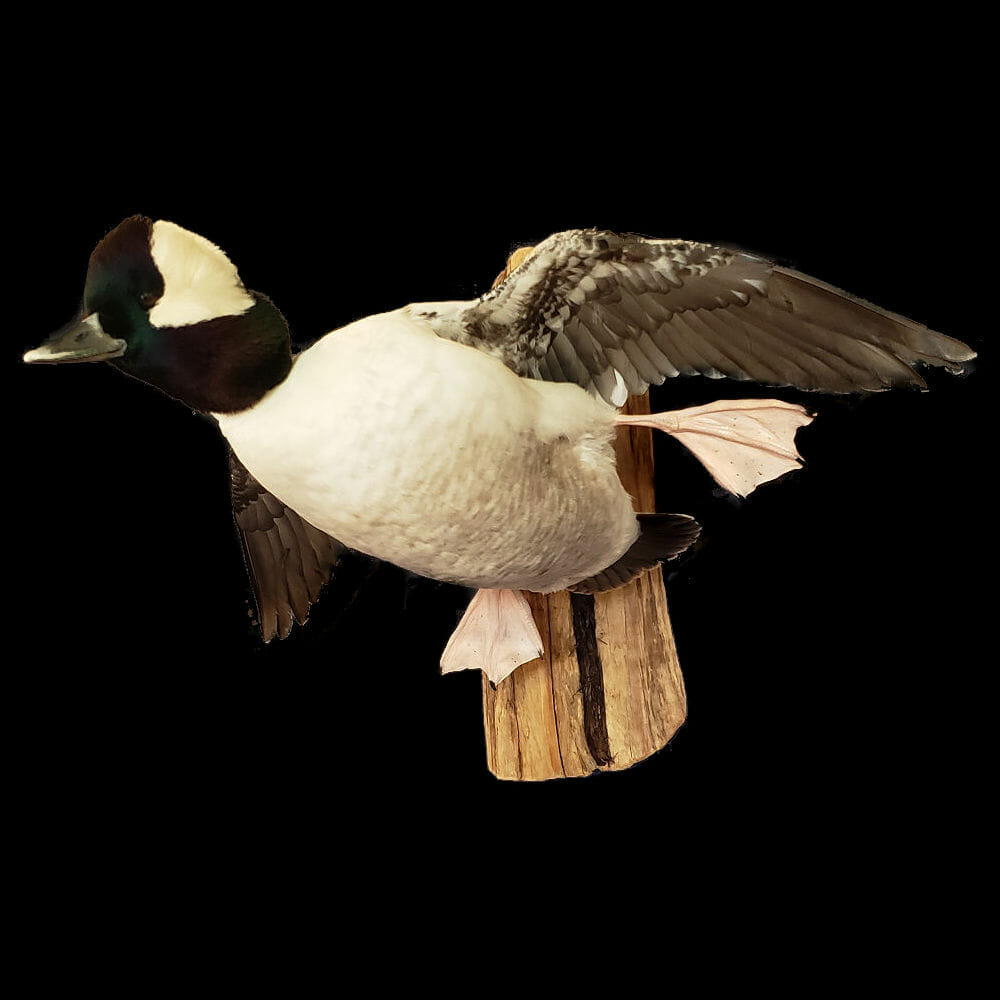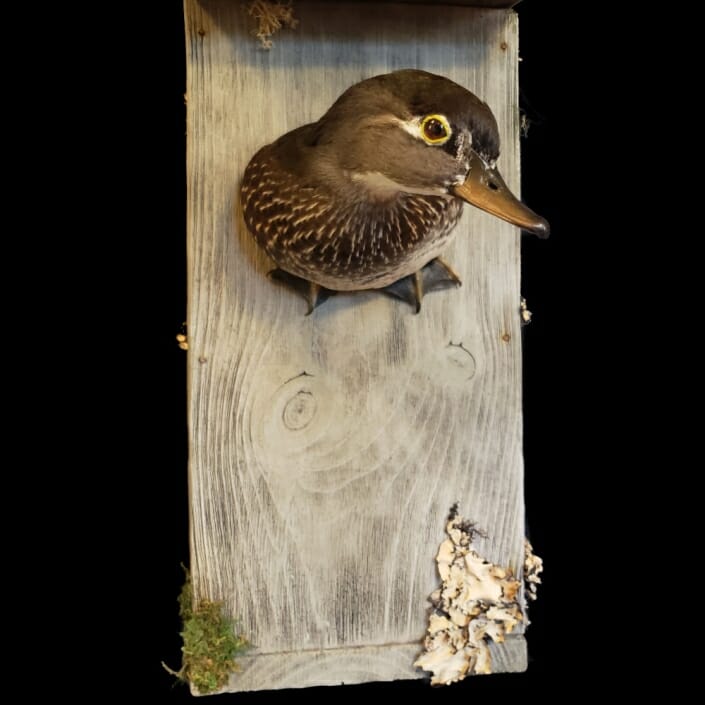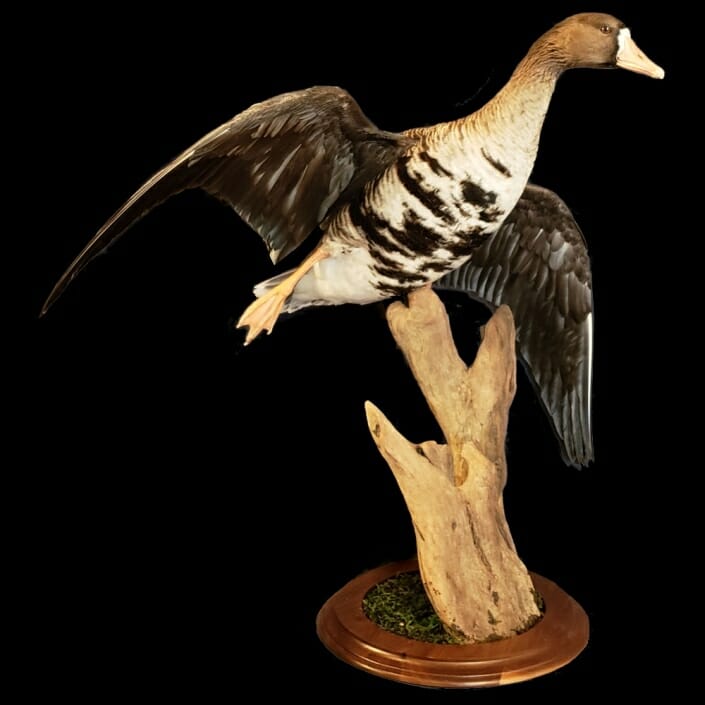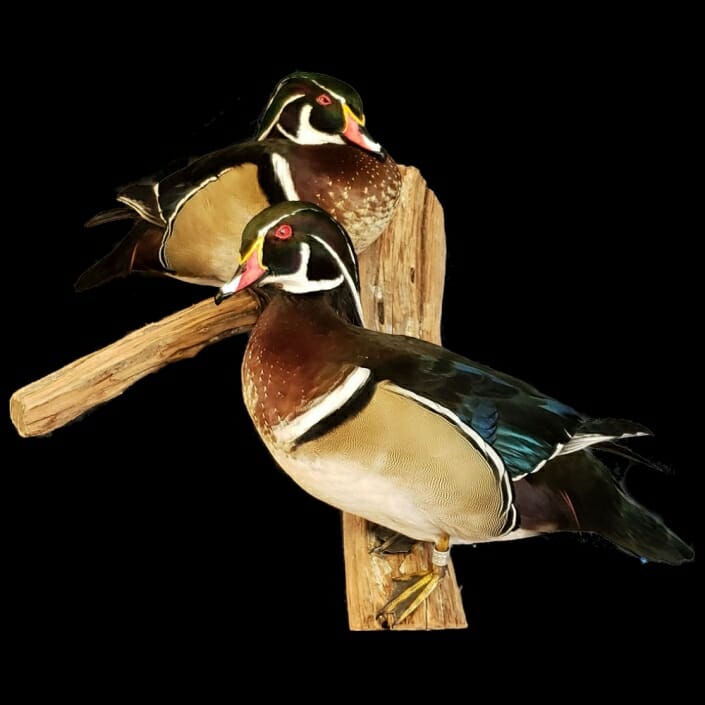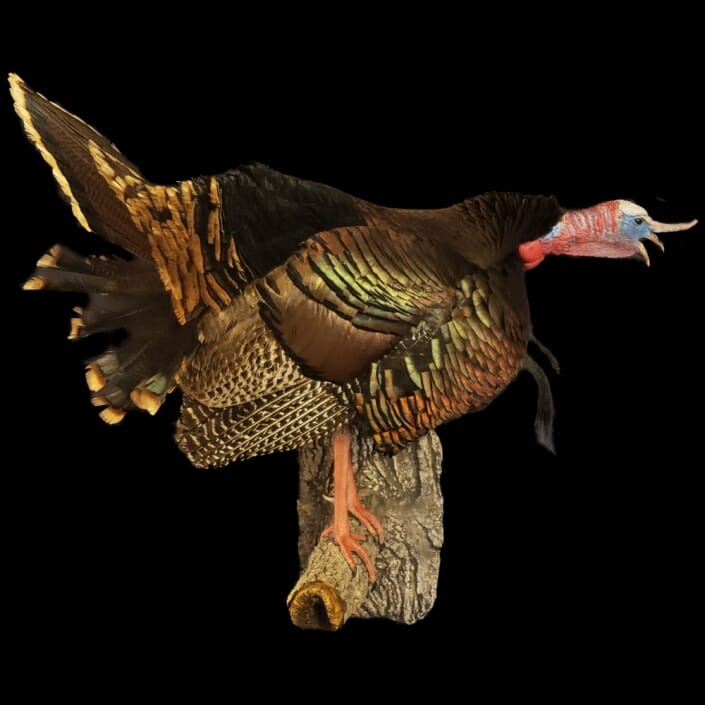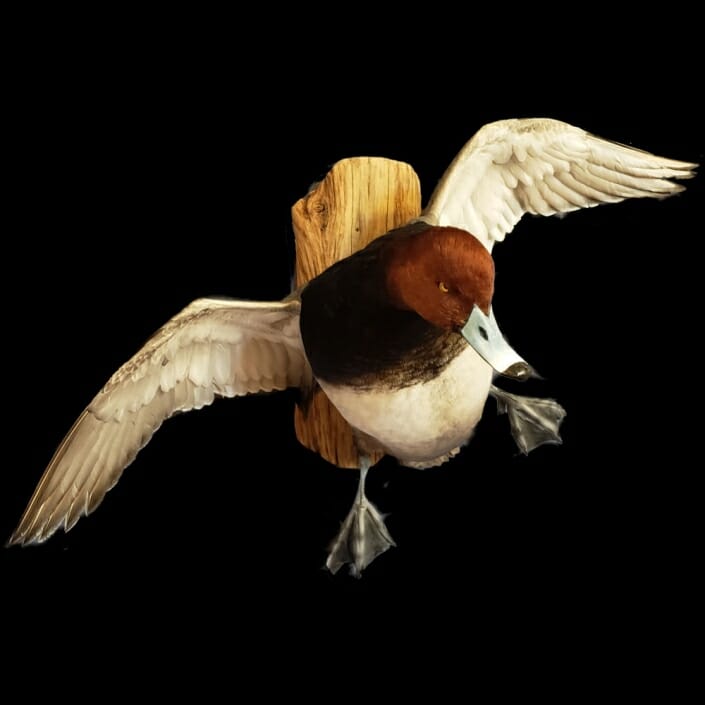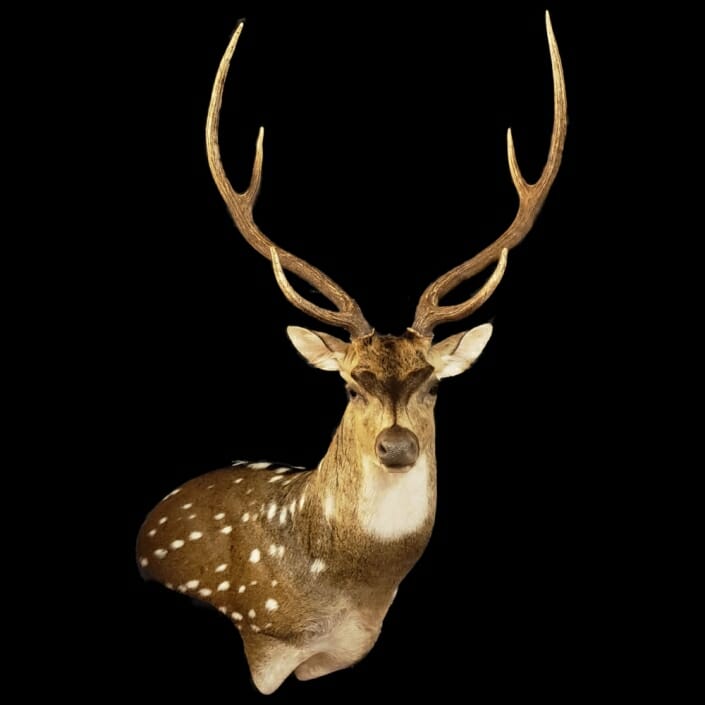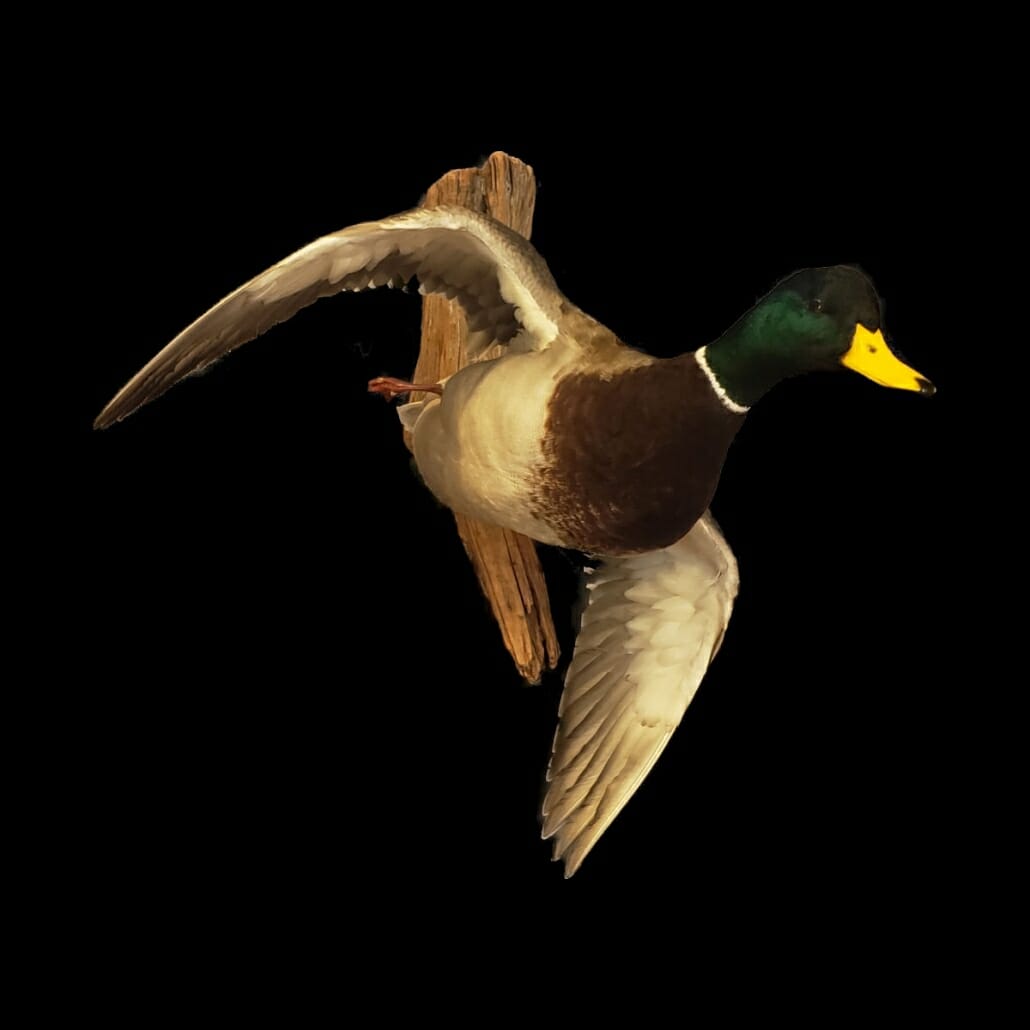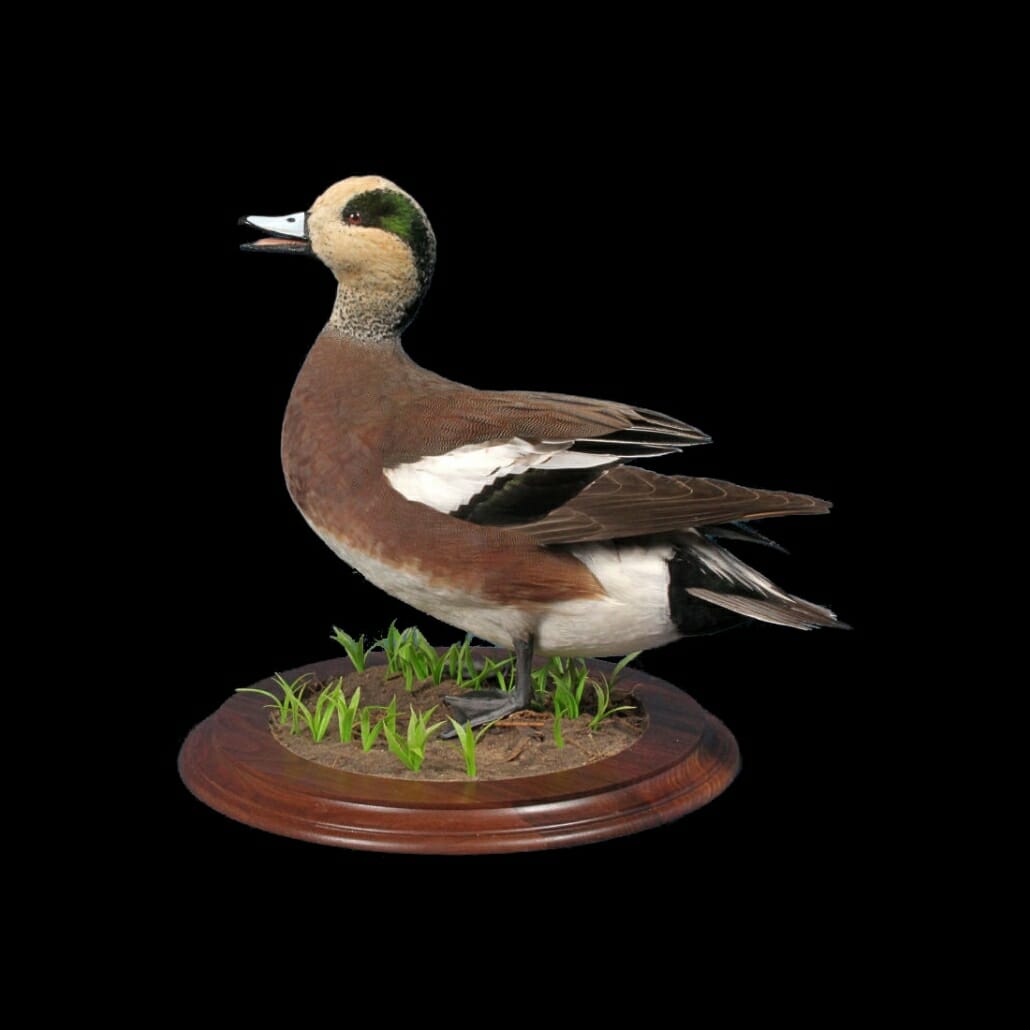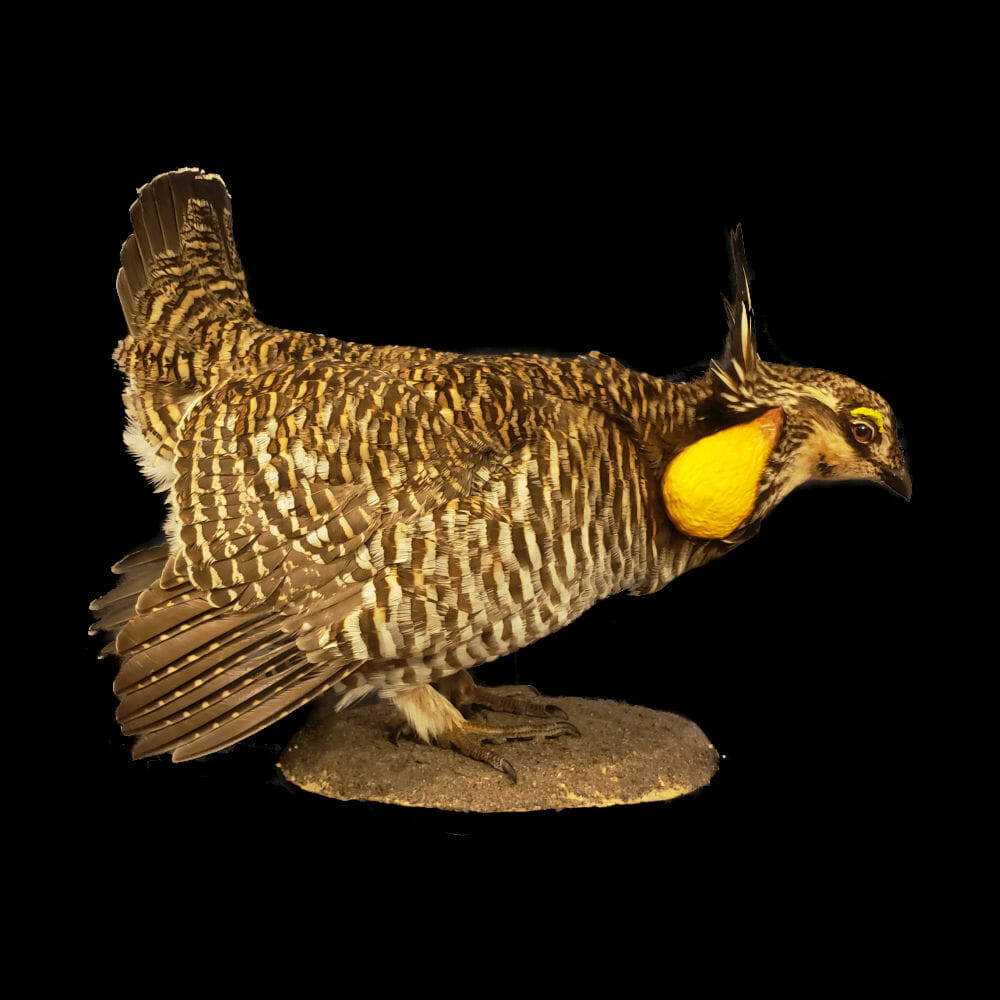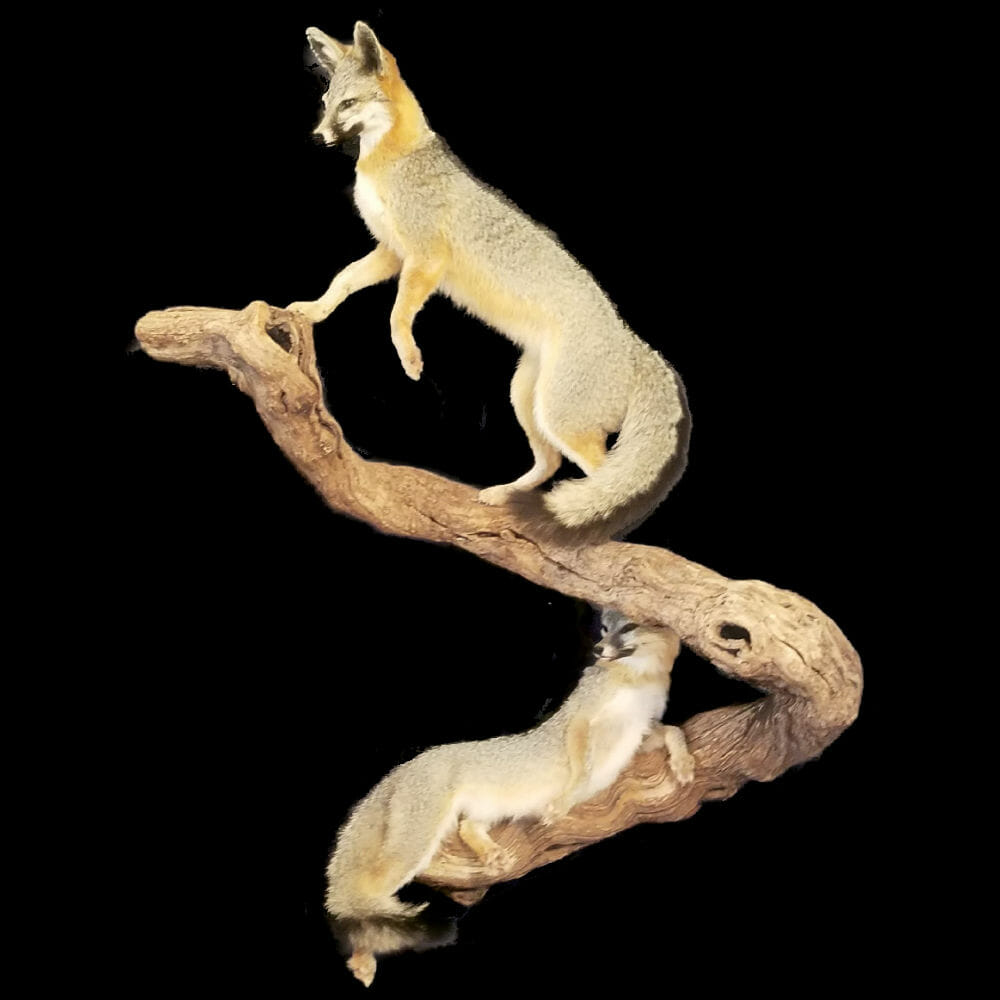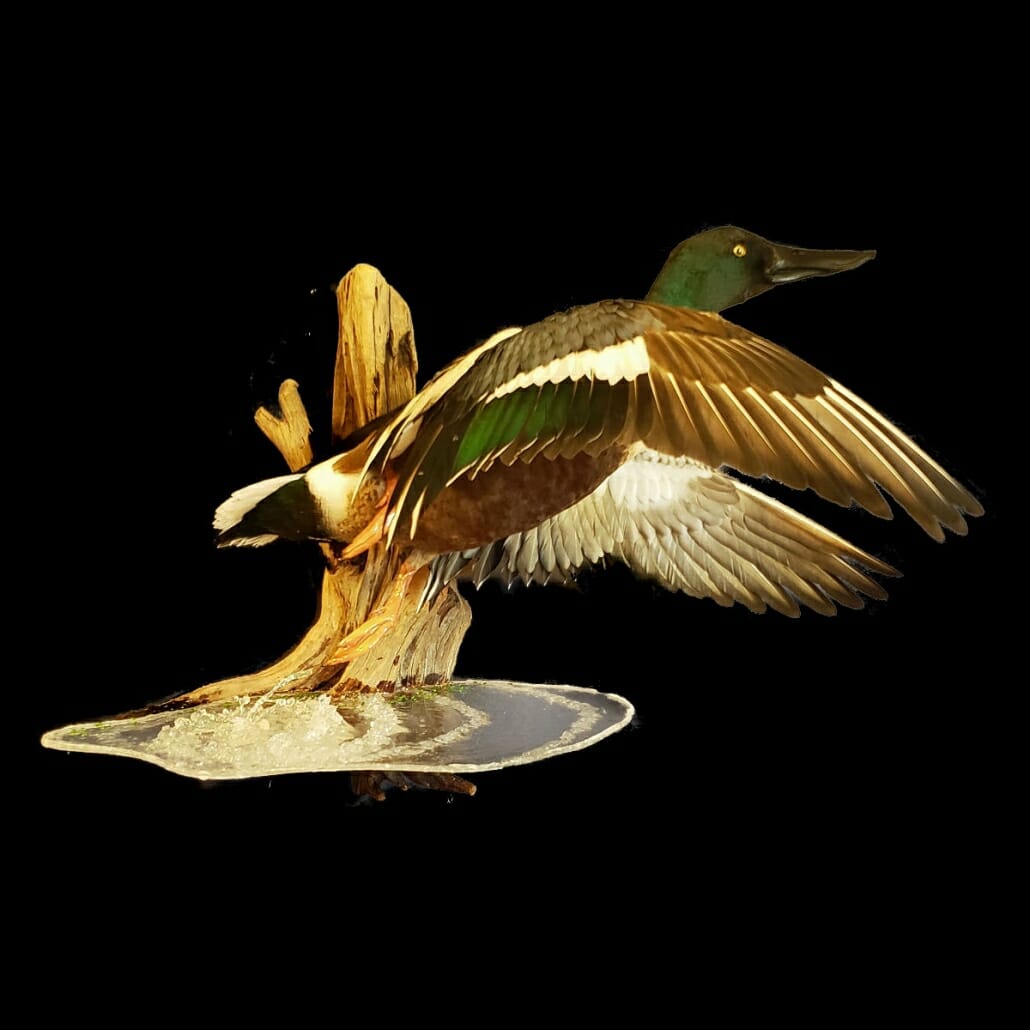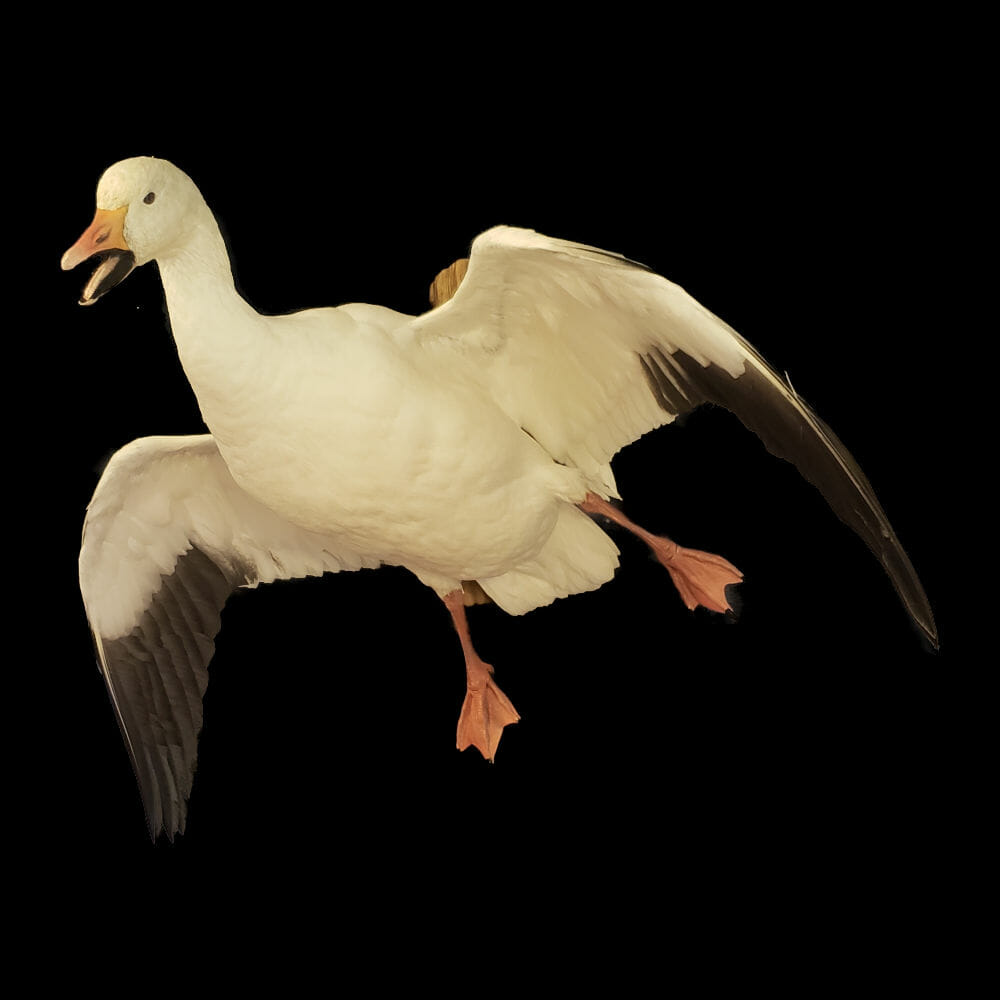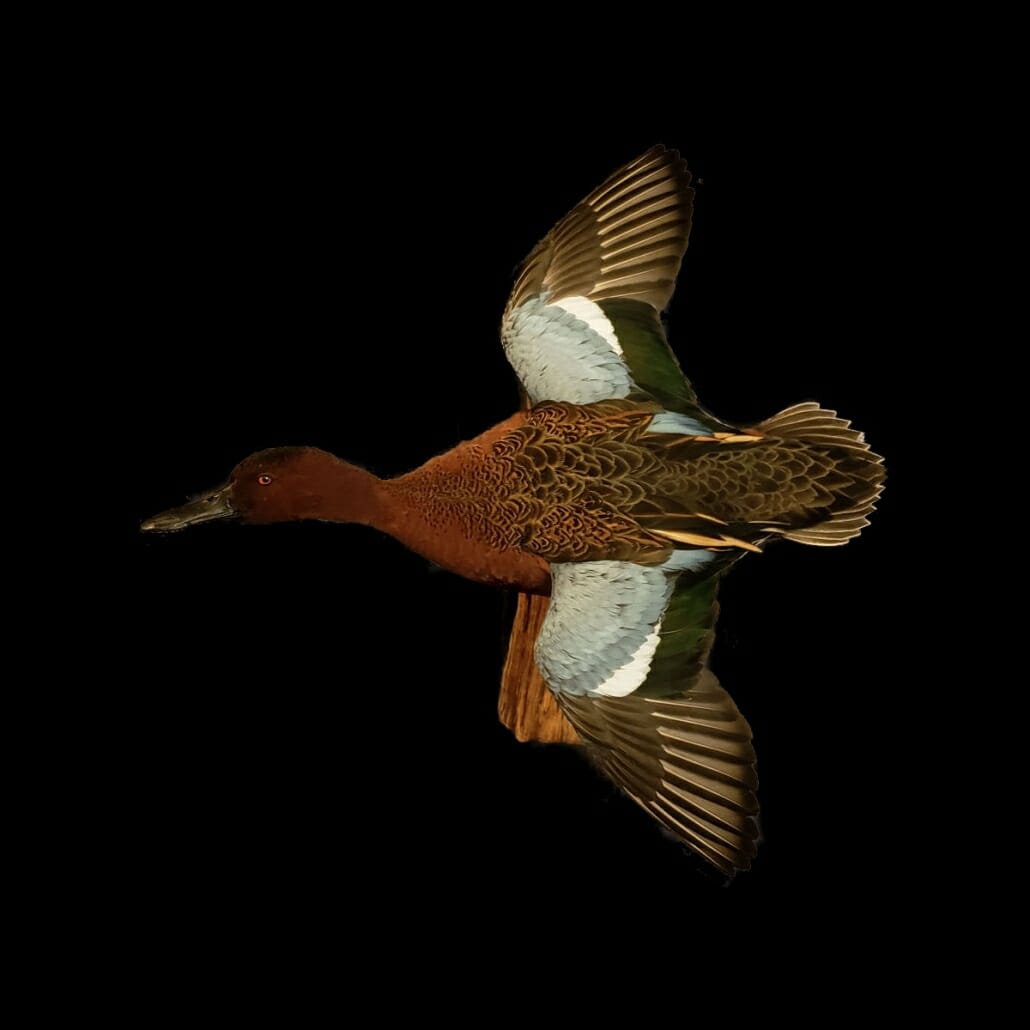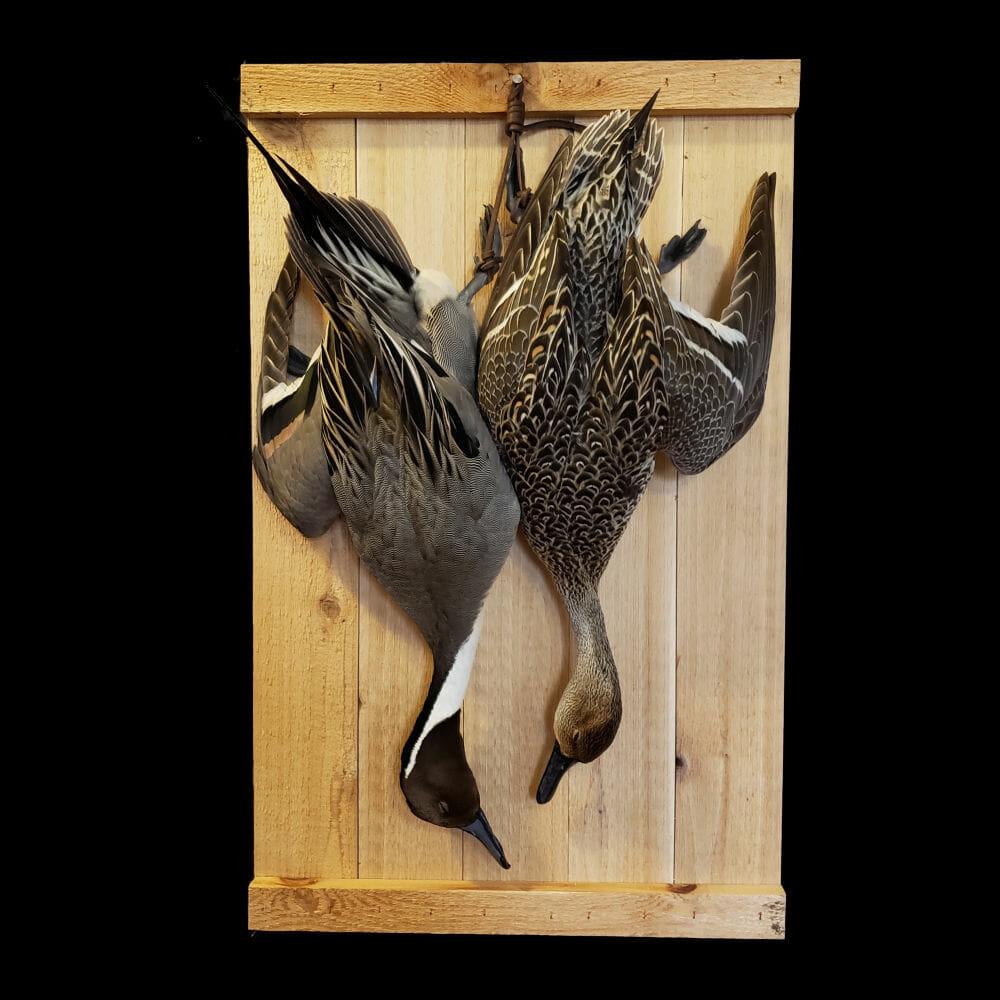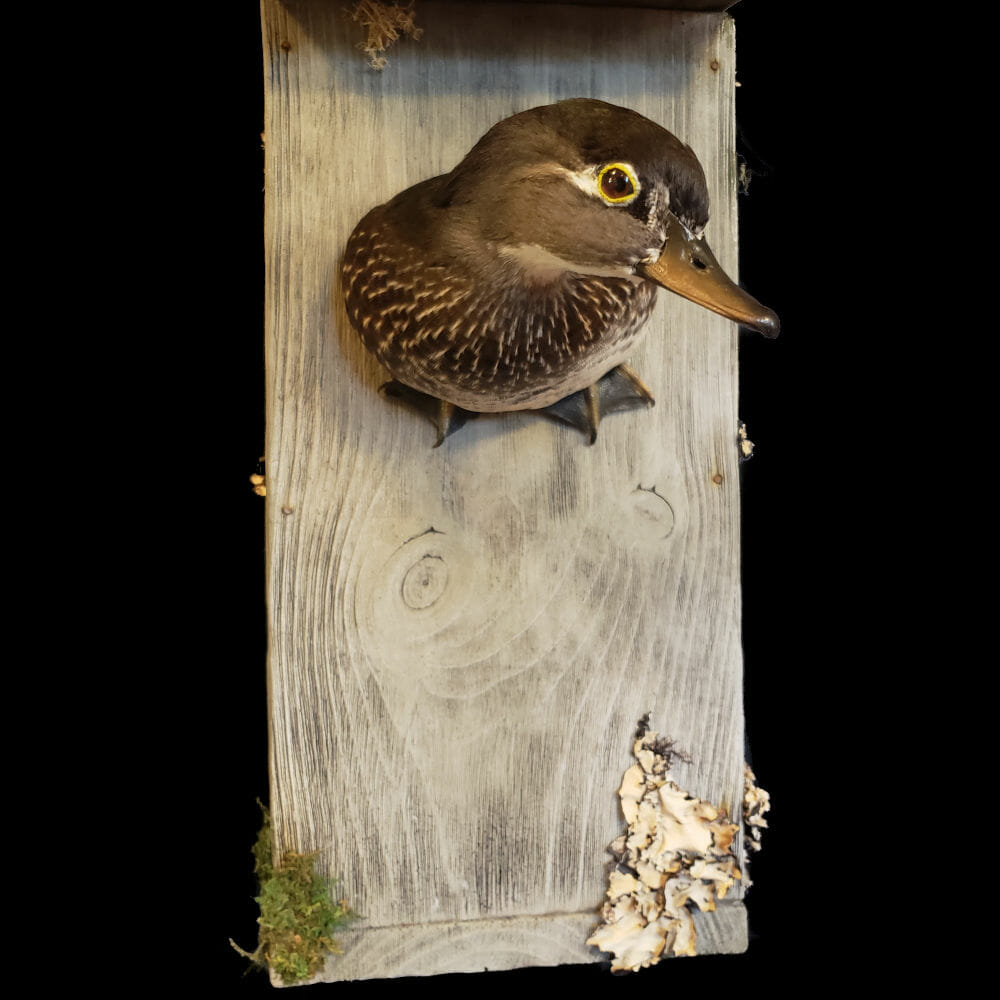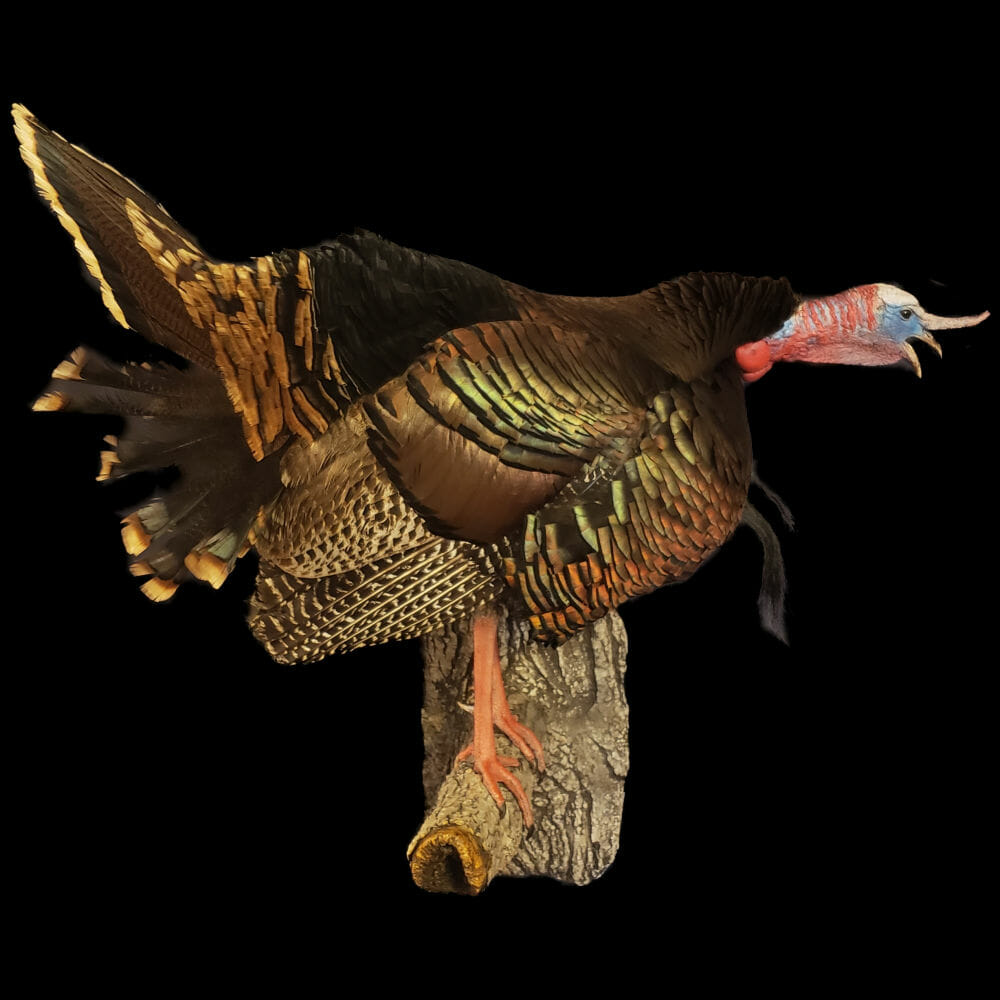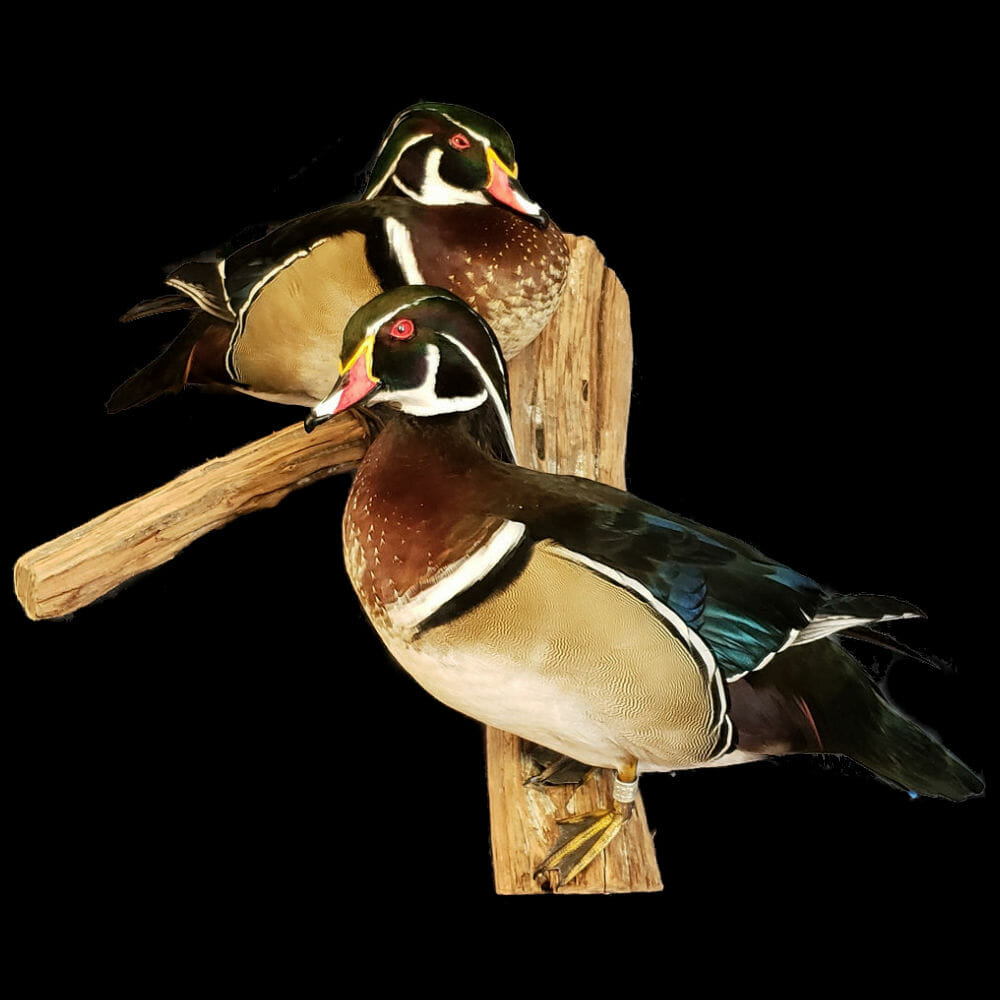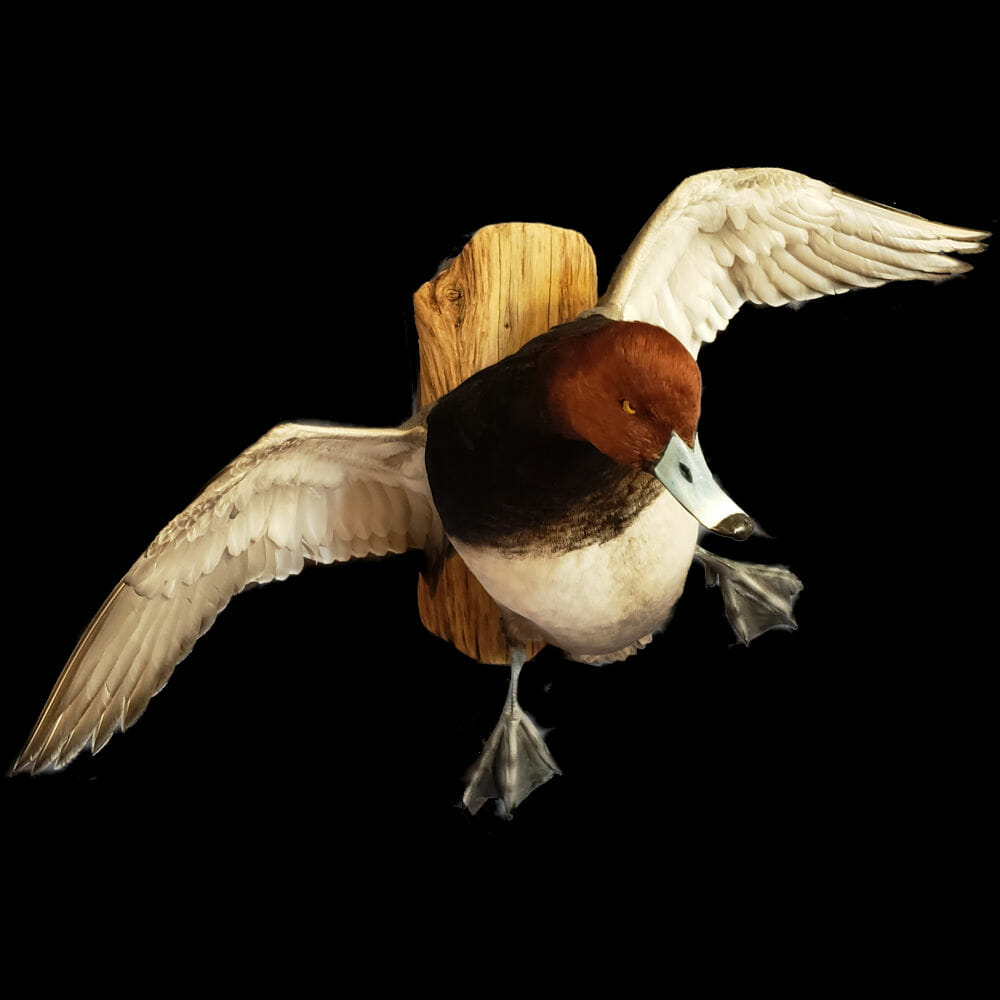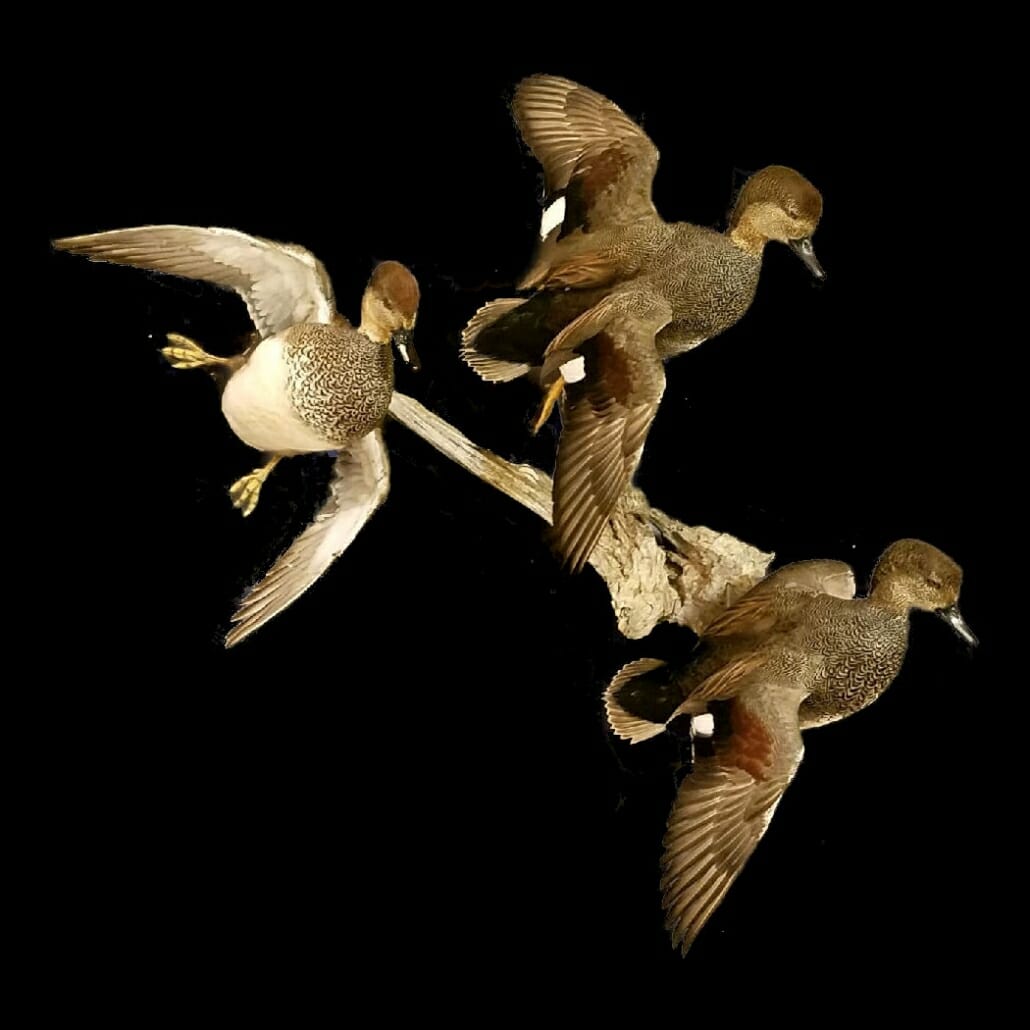Guide To Elk Antler Repair Taxidermy
Every now and then the brutality of nature can wear down on an animal. As hunters, we often see this in the form of broken antlers or horns of the animals we are hunting. Most of the time when a customer brings their trophy into a taxidermy shop this wear and tear on the antler or horn is just part of the story of that trophy’s life. Maybe a tine broke off in a fight for breeding rights or maybe it broke off as he was trashing his favorite rubbing tree just a little too hard, no matter how it happened these breaks are usually regarded as unique qualities of the trophy, and go unrepaired.
Yet in some rare instances, customers want these tines repaired and that’s when a taxidermist’s artistic skills are put to the test. The latest challenge like this to come through the doors of Cypress Slough Taxidermy came in the version of a beautiful elk taking on a low fence piece of property in Texas. While out elk hunting the customer spotted a nice 6×6 bull elk off in the distance. The trophy was a little too far for a shot so after a short stalk the bull was in range and presented himself as a perfect broadside target. Boom. The bull buckled as he took the round through the vitals and ran just a short distance before tumbling down and piling up at the bottom of a draw. Shortly after the shot was made the recovery of the bull took place to reveal a nice Texas 5×5 bull elk. Yep, two tines short of the bull they glassed. While it was still the same bull the tumble down the rocky hill broke off both crown tines. Since that elk was chosen for his maturity and also the fact that he was carrying a full rack at the time the trigger was pulled, repairs were requested and were carried out by the taxidermist that mounted this bull. A few years after the trophy was mounted the repair job made by the taxidermist started to fail and break loose of the original rack, and that how it came to my shop.
Repaired section separating from original beam.
The first thing that I did was assess why the repair job failed so that I made sure I wouldn’t make the same mistake. After looking over the point I figured two factors played a roll in the damage. One thing being the fact that antlers have the tendency to shrink a little after drying and much like the foundation on a house, a slight shift can cause the rigid concrete to crack rather than bend. Since the antlers were definitely dry I wouldn’t have to be concerned with that. The second thing that attributed to the crack was the tiny wire used to attach the repaired tine to the main beam. To fix this I used a much lower gauge wire and ran it all the way to the tip of the crown tine and a couple of inches into the main beam.
New Wire Set
After the epoxy I used to set the wire cured, I began the process of building up the tine with two-part apoxie clay. Several layers were needed to achieve the circumference needed and also the detail to match the existing antler then the apoxie was left to cure.
Blending and sculpting new tine.
Once I achieve the size, shape and texture I was after I could finally move onto the painting part of the job. First I mixed paint to match the lightest color of the antlers to be applied as the base color. When painting it’s important to start light and work your way to the darker paints. The base color was applied and then left to dry. It’s important to let each layer of paint dry before moving onto the next layer since wet paints can smear leaving a mono-colored mess.
Base Paint Applied
After the base color dried it was time to move onto the multitude of browns, greys, yellows and red shades that make up all the colors you see when you look at the antlers of any cervid species. With some time, patience and of course the right paints, the brown hues were slowly matched and laid down according to the original beam. As I mentioned before, the lighter browns are laid down first followed by the darker browns. Being carful to continue the patterns of the main beam, I recreated them going up the repaired crown tine. I won’t claim to be a great artist or that it takes one to attempt a repair job like this but it will test one’s sculpting and painting skills. As long as you pay attention to what Mother Nature already made and really pay attention to what you’re recreating it can be done.
Starting the detail work.
The Finished Product.
While you might have to get creative and apply new tools or materials, the basics of this technique can be applied to any of the horned and antlered species of trophy animals us hunters never grow old of pursuing.
View Big Game Mounts & Deer Taxidermy Work
Best Texas Big Game Taxidermy Service!
At Cypress Slough Taxidermy, our goal is to keep you, the customer happy and provide you with a trophy to showcase to all of your friends. We don’t just pump out deer mounts in mass at a low quality, we produce big game mounts to your satisfaction Guaranteed. You only get one shot to have it done right, so when you’re ready to get your next deer mount, give us a call (409) 781-0267.
Your San Antonio Texas Taxidermy!
Cypress Slough Taxidermy has been mounting game birds and big game taxidermy since 2014. We strive for perfection in every detail in all mounts we create, no matter how big or small. Attention to detail is key at CST. The only limitation at Cypress Slough Taxidermy is your imagination. We can create any bird mount, big game mount and small game mount to all of your requirements. No matter the pose, sculpture or habitat we’ll create it. Visit our San Antonio Taxidermy Studio to discuss your next duck mount today!
Cypress Slough Taxidermy
Cypress Slough Taxidermy is a full-service wildlife taxidermy studio, located in the heart of San Antonio, Texas. Charles “Chuck” Denson, owner and lead taxidermist, grew up hunting and fishing and has always been passionate about nature and the great outdoors. What began as a simple hobby quickly evolved into a business that has served clients all over Texas and surrounding states.



